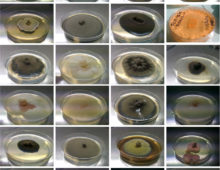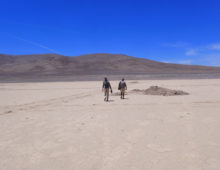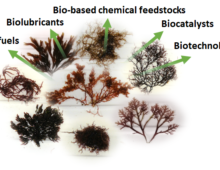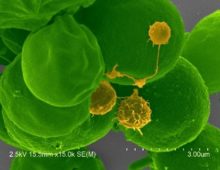Finishing Genomes to Leverage Additional Information
Genomes of important model and many industrially important fungi are still incomplete. The goals of this project are: (a) to finish and annotate the genomes of ~25 strains; and, (b) to carry out functional analyses by novel CRISPR/Cas9 approaches. The next quantum leap in biology will come by integrating all levels of genome, transcriptome, proteome,… [Read More]



